How Would You Explain Web3 to a Child?
Evolution of the Web and Web 3.0 Benefits.

If you are like me and have wondered what all this talk about Web 3.0 has been, you are not alone.
But to put things simply - Web 1.0, 2.0, and 3.0 are merely different versions of the Internet, with Web3.0 being the future of the Internet.
Simple right? Well, that's not all. There are more exciting things to learn.
In this article, you'd learn about the evolution of the web. And also the non-technical but essential parts of Web 3 and why they matter.
But first, let's begin by understanding...
How the Internet Evolved from Web 1.0 to Web 3.0
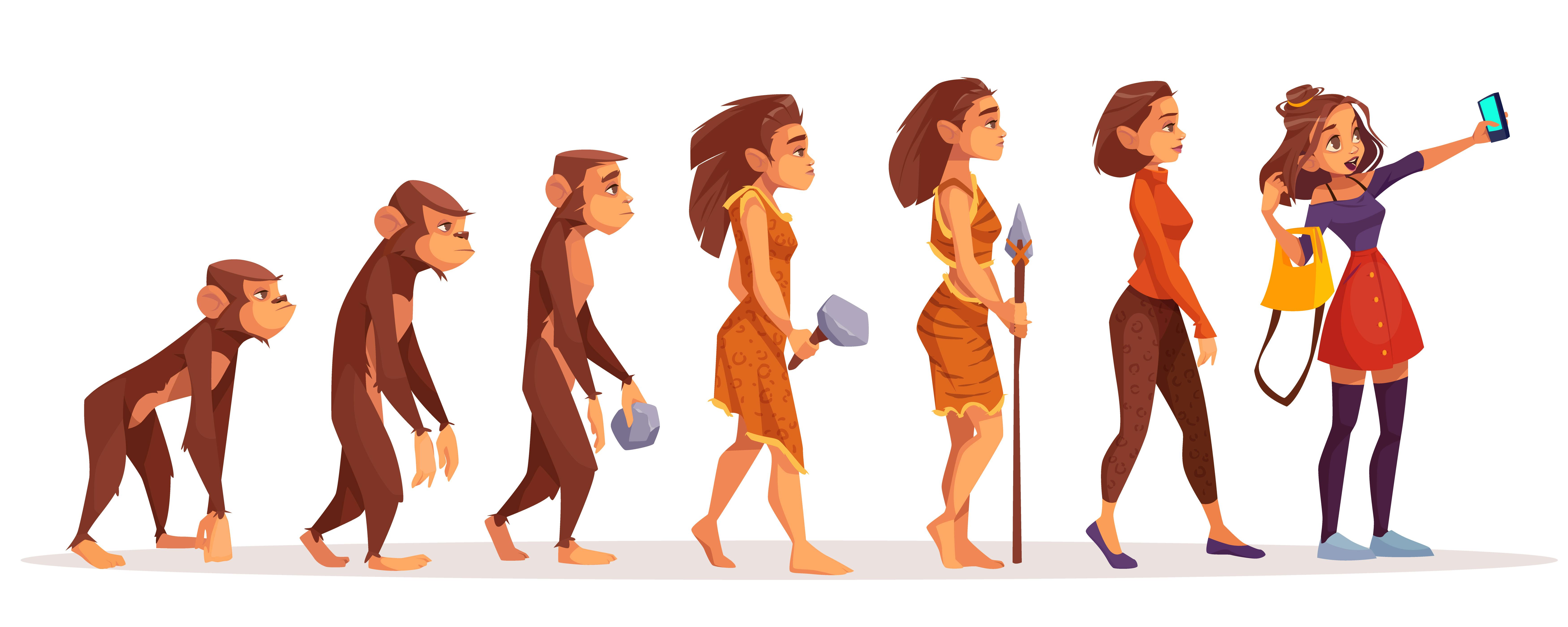
Anthropology vector created by vectorpouch - www.freepik.com
Web 1 was the earlier stage of the Internet. It was the Internet of the past, and that era lasted from around 1991 to 2004.
Then you could read a newspaper online, but couldn't interact with it. There was no comment, feedback, or even pop-up ads. Content creation was very minimal.
And this led to why Web 1 is called the "read-only web" today.
But one cool thing about this web version for anyone who wasn't around during that time was that it felt like a community.
There weren't these large centralized companies like Google or Facebook that seemed to control all the information and traffic.
Moving to Web 2.0
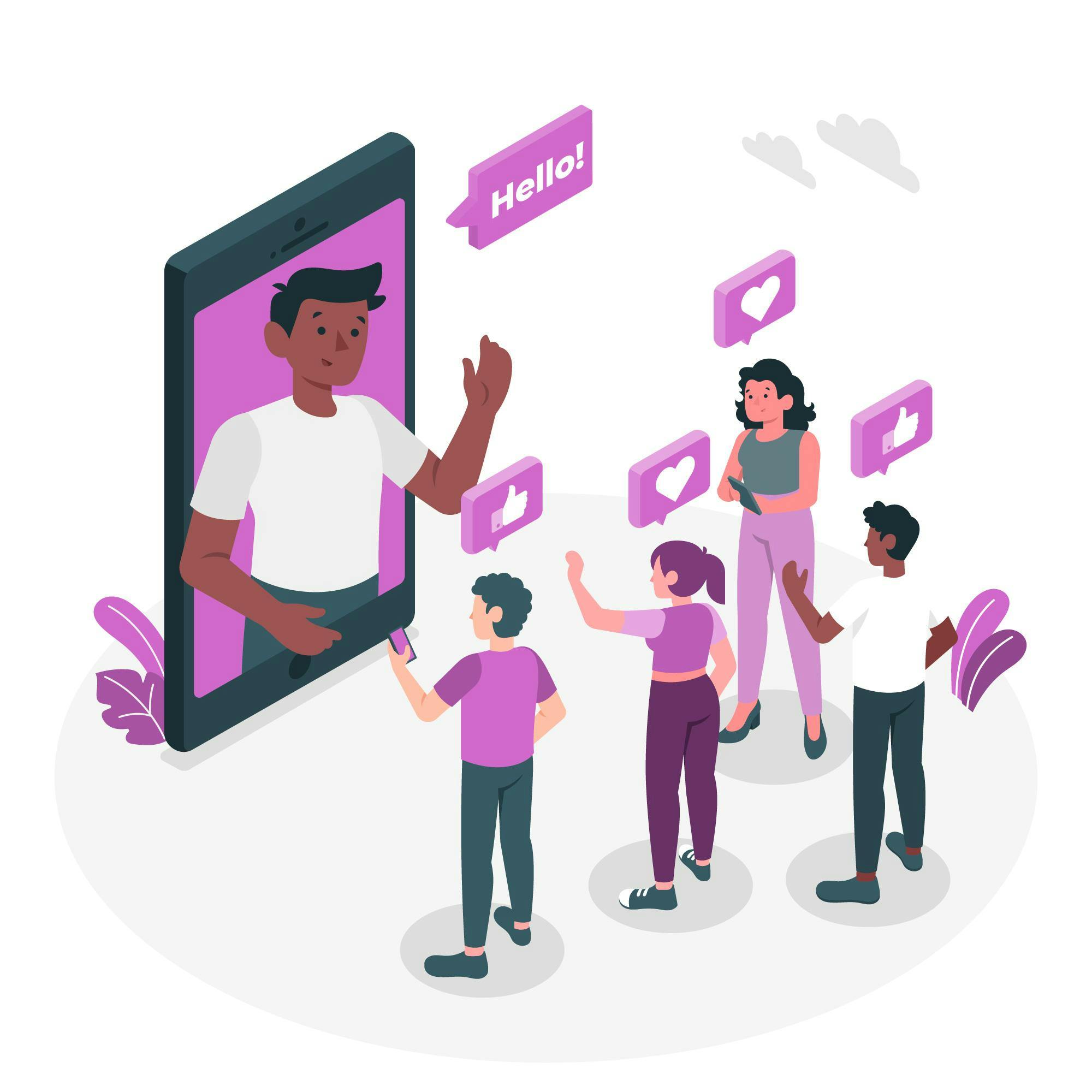
In Web 2.0, we began to see more interactivity and user-generated content. And this happened between 2004 and 2020
This version of the web became the social web. The highly interactive one. Web 1 was mainly used by developers to create content for users to read and nothing more.
But here, you are not just reading content; you are also writing and interacting with this content.
For example, I'm creating this blog post and publishing it online through the Hasnode blogging platform. I didn't have to write a single line of code for that to happen.
All thanks to Web 2.0.
Now you can comment and share this content with others, and they can do the same. This was the sort of interactivity that was not possible with Web 1.0.
With Web 2, you can:
- Share stories
- Share information on products and services.
- Have your content reach a more significant audience in the shortest time possible.
And in this web version, there's a high tendency you can reach hundreds of millions of people by just accessing the Internet or at least have someone do it on your behalf.
But despite all the incredible features of this web version, there is one huge downside.
Companies such as Facebook, YouTube, and Twitter flourished as Web 2 evolved.
Yet, to use these websites, you had to provide your private information to engage fully and directly with the networks.
And that's where Web 3 stepped in, but what does that look like?
Moving from Web 2 to Web 3?
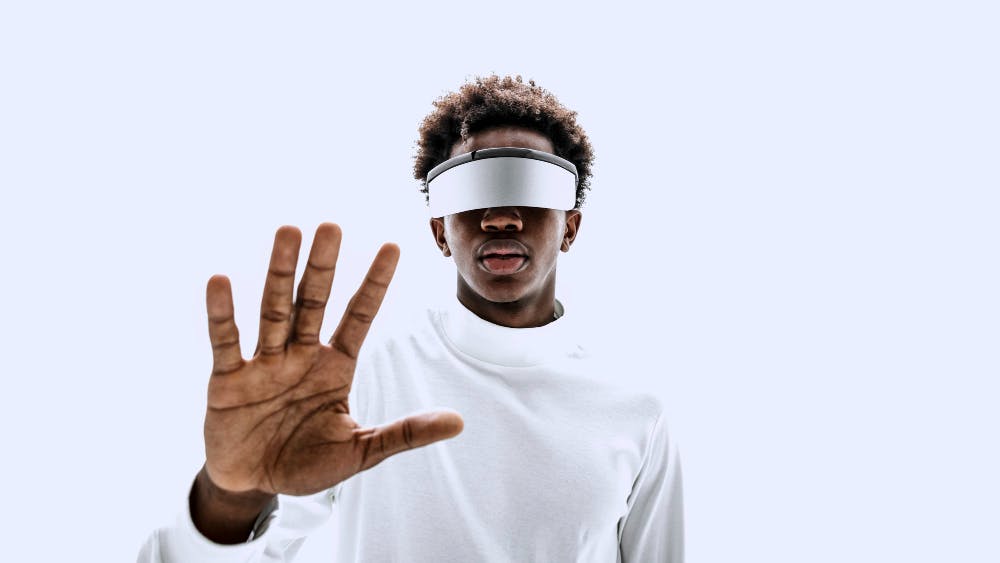
This version of the web is called the next generation of the Internet.
And here's why:
- You can still do everything you did with Web 2.
- Web 3.0 is way more flexible and financially rewarding.
- There's a massive opportunity for decentralization. And I'll explain why this is so important.
Web 3.0 is highly interactive, but without intermediaries like the tech giants in Web 2.
This implies that the problem of giving up your personal data in Web 2 is being addressed with Web 3 by using blockchain technology.
But let's break that down a bit further.
In Web 2, computers utilized unique web addresses to find information stored in a fixed location. In many cases, on a single server.
Due to centralization, tech giants such as Facebook or Google were the ones that had these massive databases. But with Web 3 and its decentralization, this wealth of data will not belong to just a few people.
But instead, it'll be stored in a more significant number of smaller places. Where it gives greater control to users - the same regulations that govern any blockchain protocol.
Why Should Web 3 even matter to you?
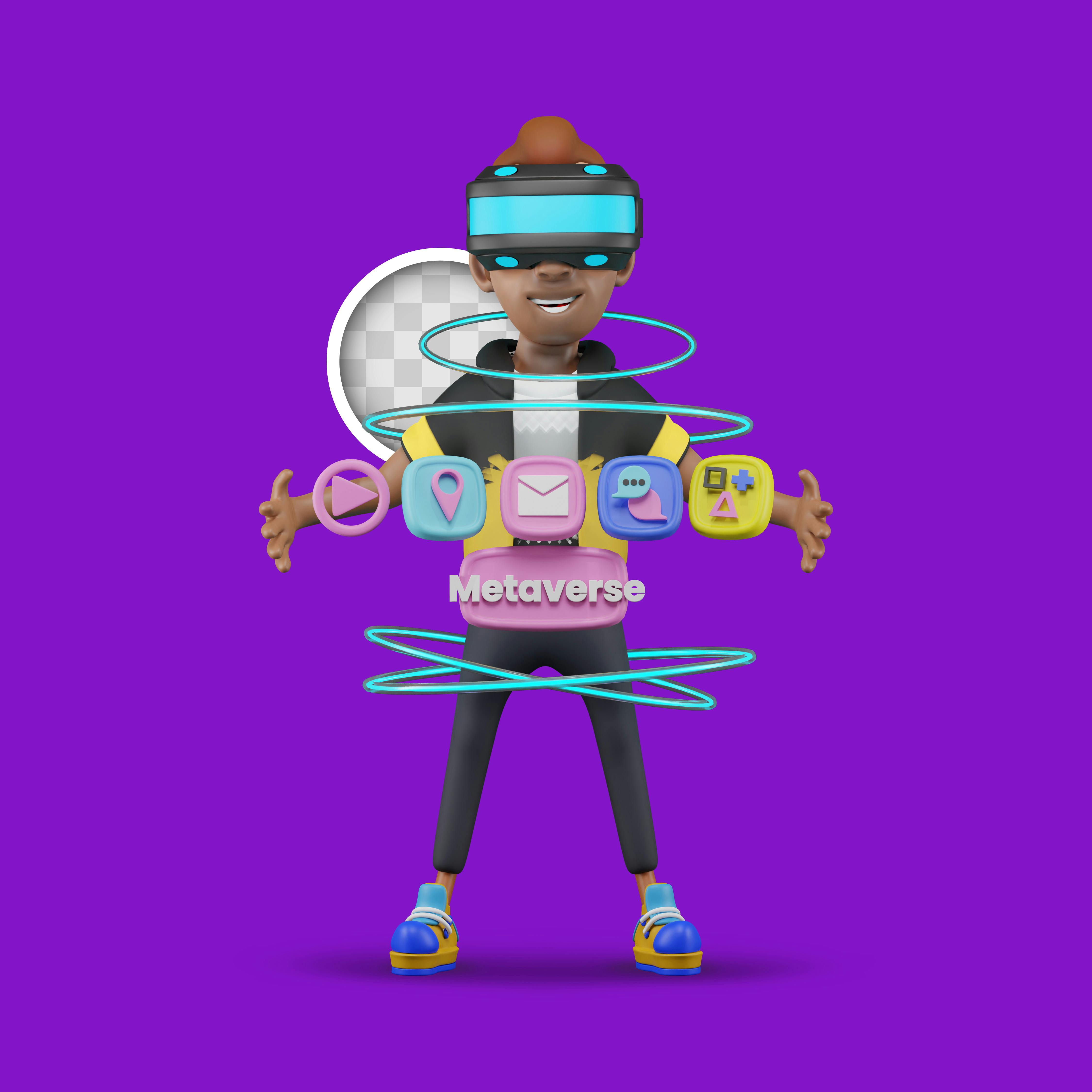
There's potential that Web 3 will be hugely disruptive to various workflows. Especially for the top guns in the Web 2.0 space.
But if you look closely, there's a massive opportunity for you as an early adopter. Let's take a look at some of these opportunities.
In Web 3, the core things in addition to decentralization will be:
- Greater User Profitability
- Openness.
But let's explain those a little bit.
1. Greater User Profitability
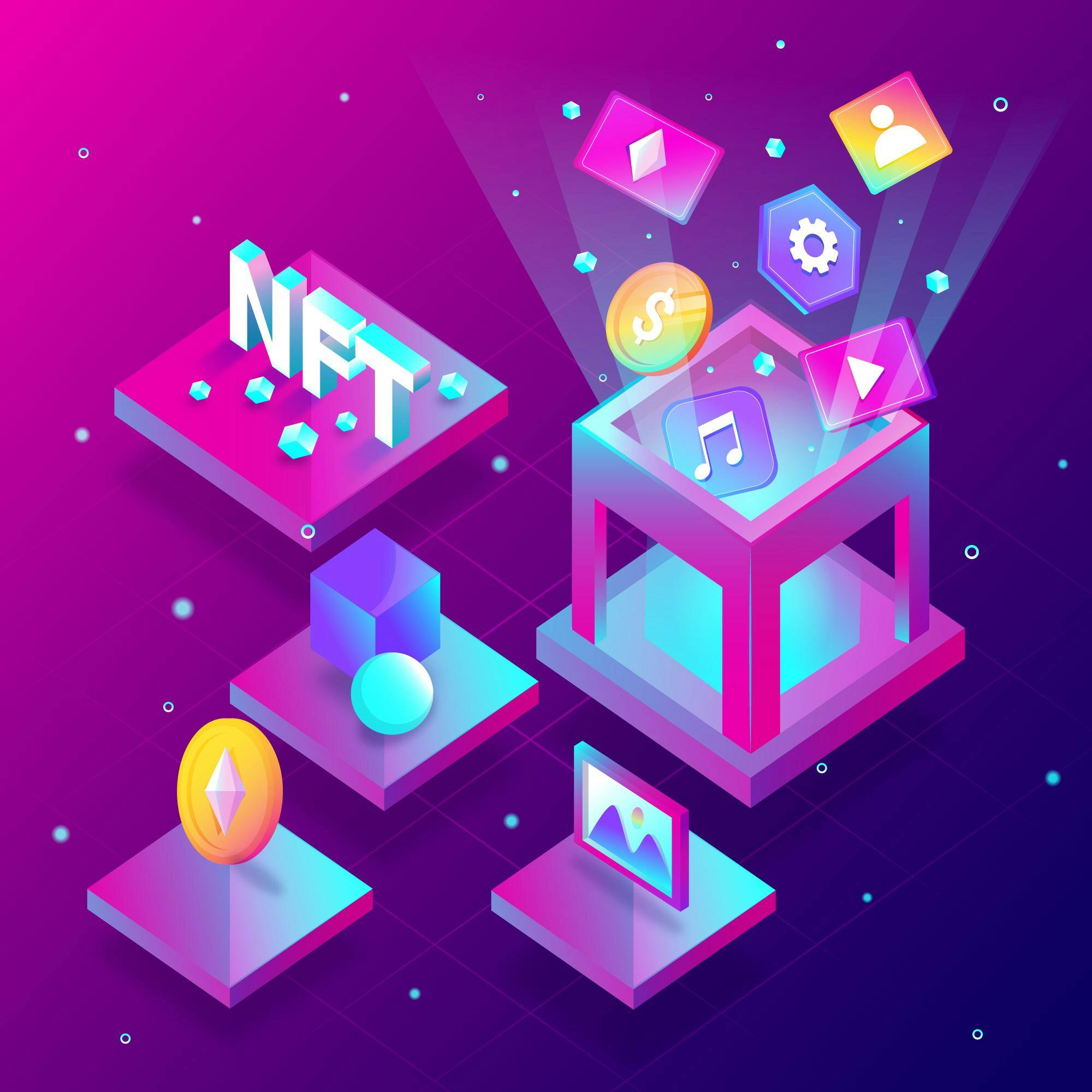
Nft illustration vector created by freepik - www.freepik.com
This comes in two ways - both financially and personally.
For the financial aspect of things, it just basically means the assets you'd own on the web. This concept is going to be heavily reliant on blockchain technology.
You might have heard of NFTs, also known as "Non-fungible Tokens." These are digitally scarce assets you can create, buy, and sell while they still provide unending royalties to you as the creator.
These assets include, but are not limited to:
- Artworks
- Creating Memes
- In-game Items like weapons and accessories.
Secondly, for the personal side of things, this refers to Artificial intelligence, Machine Learning, and many of these terms you hear thrown around these days.
What they essentially do is to help your experience on the web be personalized and tailored to you. Things like showing you targeted ads based on your search history.
2. Openness
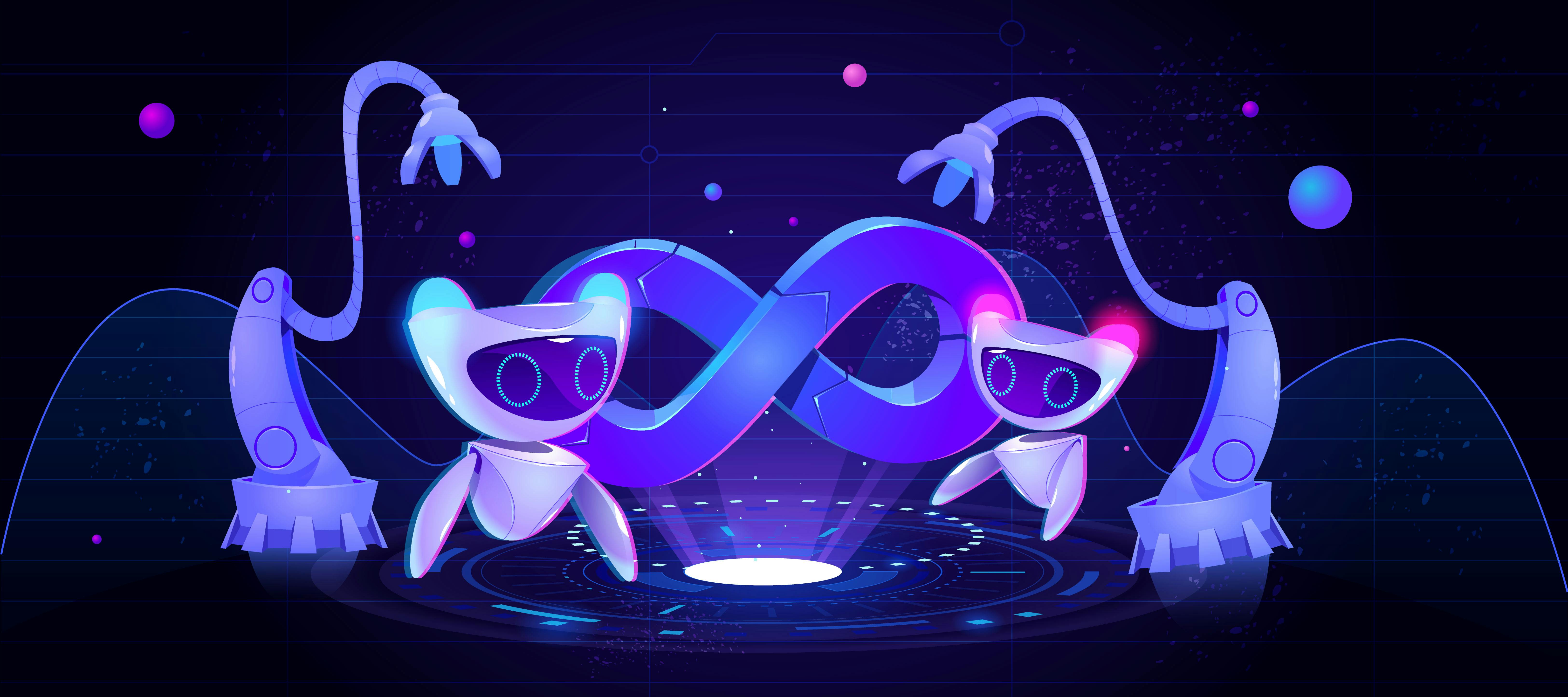
Web3 is trustless and permissionless. This means you don't need anyone's permission to get involved in this web version.
Here, as earlier stated, blockchains and peer-to-peer networks are utilized. No regulatory body can tell you what you can/can't do or say.
Literally, with Web 3, you own the space.
Key Take-away
With all these cool features of Web 3, it's important to note that it's still in its infancy.
While this web version is still not well-defined, there is more to it than what you've seen in this article. And much more that'll unfold as time progresses.
But if there is one thing you should take away from this post, it should be that;
"Web 1.0 era, you read it." "Web 2.0 era, you read and write it." And "Web 3 era, you own it."
What era would you rather be in? Let me know in the comment section. Also, leave a like if you got any value from this content.
